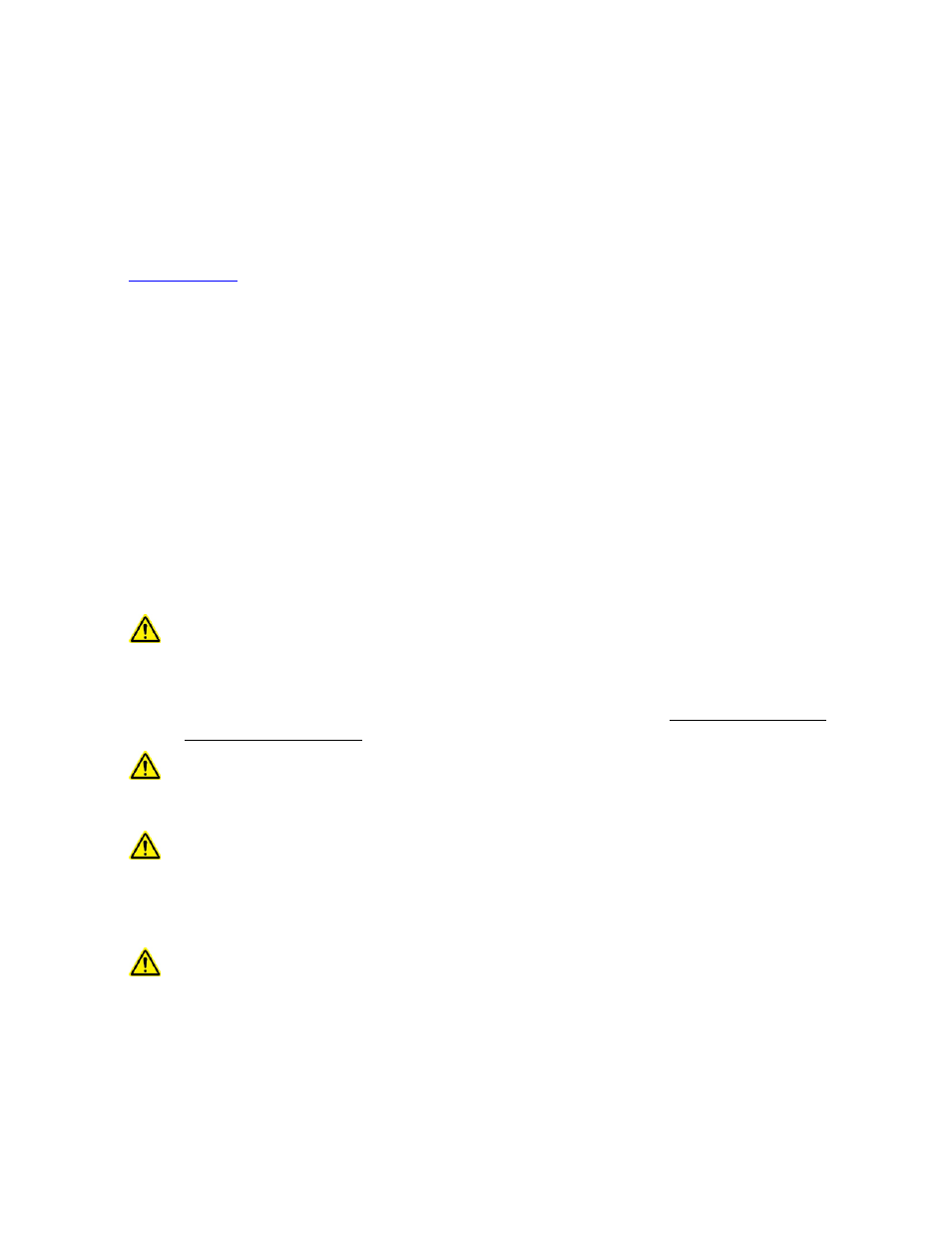TE Technology TC-720 User Manual
Page 16

If you are using a thermistor for temperature sensing, the wire leads of the thermistor can be lengthened if
necessary without affecting accuracy by any significant amount. However, the use of twisted pair and/or shielded
wire may be required to reduce electromagnetic interference.
The TC-720 is pre-programmed to use the 15 kΩ
thermistor curve as the default. The MP-3193 that comes standard
with the controller is of this type. Other thermistor styles directly compatible with the controller besides the
MP-3193 are available as options. See “Thermistor Styles for TC-720” in the appendix for reference or online at
The controller also has numerous other thermistor curves pre-programmed, and can be
programmed with a user-defined sensor curve. See the temperature vs. resistance data in the appendix for
reference.
If you want to use a thermistor that has a different resistance-temperature curve from the pre-programmed
thermistor curves, or if you intend to use a different type of sensor altogether, the controller should be programmed
accordingly. See “Programming Custom Sensor Curves” in the appendix for instructions.
1.3
The TC-720 can be used with either one or two separate DC power supplies for bipolar control of one TE device. If
the maximum TE device operating voltage is less than 12 V, then two power supplies must be used with the
controller. If the TE device can use a voltage ≥12 V but ≤36 V, then the controller can be used with just one power
supply although using two power supplies is permitted as well.
The controller can also be set up to provide linear control output when used with a power supply whose output can
be controlled with a 0 to 10 V signal (the maximum output voltage can be reduced as necessary). The power supply
can then provide a power output proportional to the signal sent by the controller. This setup may reduce the overall
control stability. The voltage signal from the controller is actually obtained by filtering the PWM output, and this
introduces a slight delay in the control response. Also, there will be a delay in the response of the power supply since
it too must process the correct power output based on the sensed voltage input from the controller.
When using one power supply for powering the controller and the TE device together, the power supply
input voltage is passed directly through the controller to the TE device during the “ON” pulse. The power
supply must provide a voltage that is ≥12 V but ≤36 V and provide sufficient current for the TE device and
controller. The controller could be damaged if it is operated outside this voltage range. The TE device must
also be capable of operating with the voltage provided by the power supply. Do NOT provide an input
voltage that exceeds 36.0 V.
When using two power supplies, the input power supply for the controller itself must be ≥12 V but ≤36 V
and be capable of providing at least 150 mA of current. The power supply input voltage for the TE device
can be >0 V but ≤36 V and be capable of providing sufficient current.
The total maximum allowable current through the controller is 20 A (combined load and alarm current). The
maximum allowable current draw for the TE device must therefore be less than 20 A depending on if and
how much current is used by devices connected to the alarm outputs and the controller itself. The 20 A
limit applies regardless of whether you are using one power supply or using independent power supplies for
the controller and TE devices.
The controller does not have an internal fuse to limit current. Therefore, an external fuse, appropriately
sized for protecting the controller/TE device, should be connected between the power supply and the
controller to prevent damage to the controller/TE device and to prevent injury to the user should an over-
current condition occur. Alternately, a power supply with integral over current protection can be used if it
is appropriately sized for protecting the controller/TE device.
16
